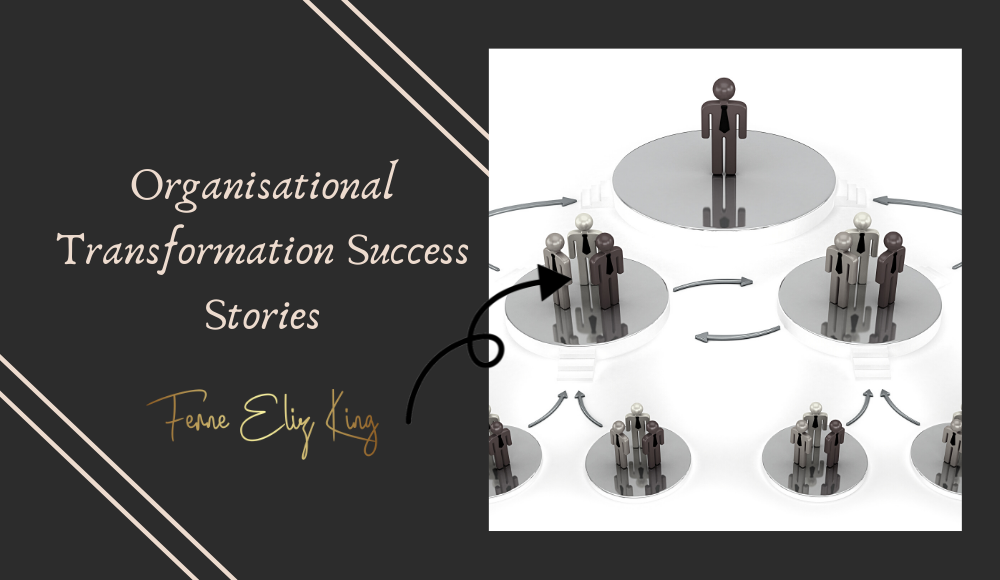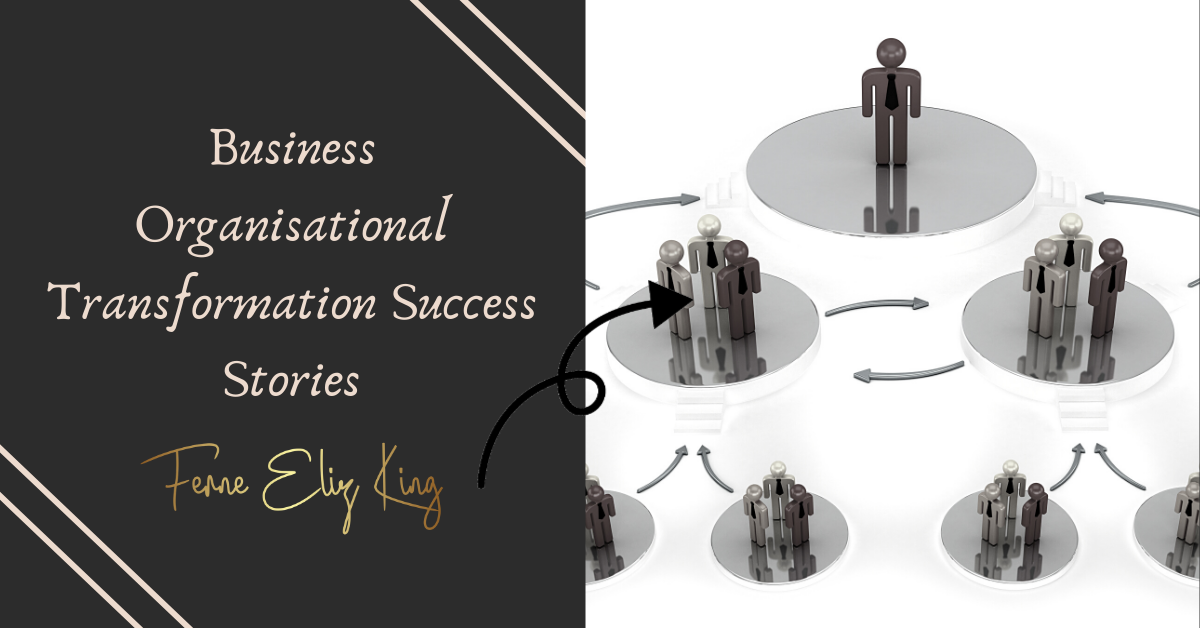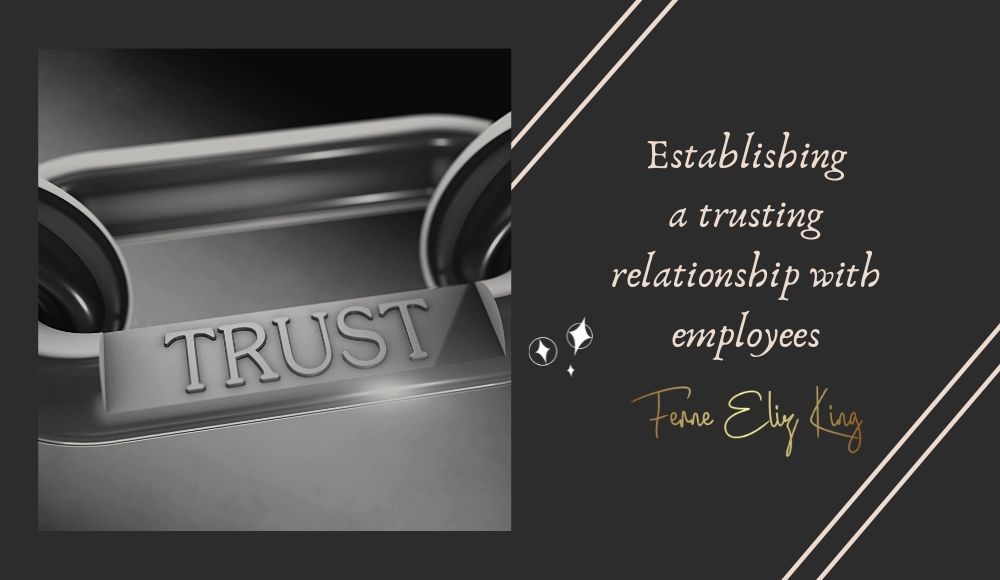
Unlocking Success: The Power of Curiosity

Unlocking Success: The Power of Curiosity
“I have no special talent. I am only passionately curious.”- Albert Einstein
Curiosity isn’t just a trait of the intellectually gifted; it’s a potent tool for professionals and businesses alike. The relentless pursuit of knowledge and understanding not only fuels innovation but also fosters resourcefulness. Curious individuals tend to make more informed decisions, devise creative solutions, and build stronger interpersonal connections.
How can curiosity elevate your career, business, or simply your enthusiasm for life?
- Enhance Business Practices: Deepening your understanding of your industry empowers you to refine business strategies, boost revenue, and enhance customer and employee satisfaction.
- Facilitate Better Decisions: Curiosity fosters a holistic perspective, guiding more informed decision-making processes.
- Foster Likability: Demonstrating genuine curiosity not only showcases intelligence but also makes you more approachable and relatable, strengthening interpersonal bonds.
- Cultivate Stakeholder Relationships: Genuine interest in stakeholders fosters robust, fulfilling, and loyal relationships with customers, employees, and other stakeholders.
- Address Customer Challenges: Curiosity drives proactive problem-solving by examining root causes and devising innovative solutions to enhance customer experiences.
- Learn from Failures: Curiosity prompts introspection, enabling individuals and businesses to glean valuable lessons from setbacks and refine strategies accordingly.
- Enhance Negotiation Skills: Curiosity about the needs and perspectives of all parties involved fosters mutually beneficial negotiations.
- Minimize Conflict: Embracing diverse perspectives and encouraging collaboration reduces conflicts and enhances group effectiveness.
- Drive Product Development: Curiosity fuels innovation by prompting exploration of product/service enhancements based on consumer needs and desires.
Fostering Curiosity in the Workplace: Research suggests that cultivating curiosity among employees leads to higher job satisfaction and performance.
- Maintain an Open Mind: Encourage brainstorming sessions and embrace novel ideas with an open mind to foster a culture of innovation.
- Embrace Novelty: Encourage employees to explore new experiences regularly to stimulate curiosity and creativity.
- Recruit Curious Minds: During the hiring process, prioritize candidates who demonstrate a natural curiosity and eagerness to learn.
- Lead by Example: Demonstrate curiosity by actively engaging with employees’ ideas and feedback, fostering a culture of collaboration and mutual respect.
- Solicit Employee Input: Regularly seek input from employees to identify areas for improvement and drive organizational innovation.
- Focus on Learning: Encourage employees to set learning goals, fostering continuous growth and development.
- Promote Skill Expansion: Support employees in expanding their skills and knowledge through further education and networking opportunities.
- Encourage Innovation: Host regular innovation sessions to brainstorm new ideas and challenge the status quo.
Remember, curiosity is a muscle that requires regular exercise. Set aside time each day to nurture your curiosity, explore new perspectives, and embrace the unknown.
“The important thing is not to stop questioning. Curiosity has its own reason for existence.”- Albert Einstein
Ferne Eliz King
Love Life Love YOUR Life

About Ferne
Ferne is globally recognised and called upon for quickly accelerating complex change to achieve business strategies. Translating strategies to actionable plans, prioritisation of those actions, engagement from the right people, bringing business architecture to life or your life plan if individual and in many cases driving the change as a program director. The bottom line is Ferne accelerates businesses or individuals to achieve outcomes and enabling that is her passion.
What's the consequence if you take no action?
“If you do the same thing today as yesterday, your tomorrow will be the same as today”. Ferne Eliz King
Want To Learn More?
Book a free 15 min call and see how Ferne can help you accelerate your aspirations for you or your business.












